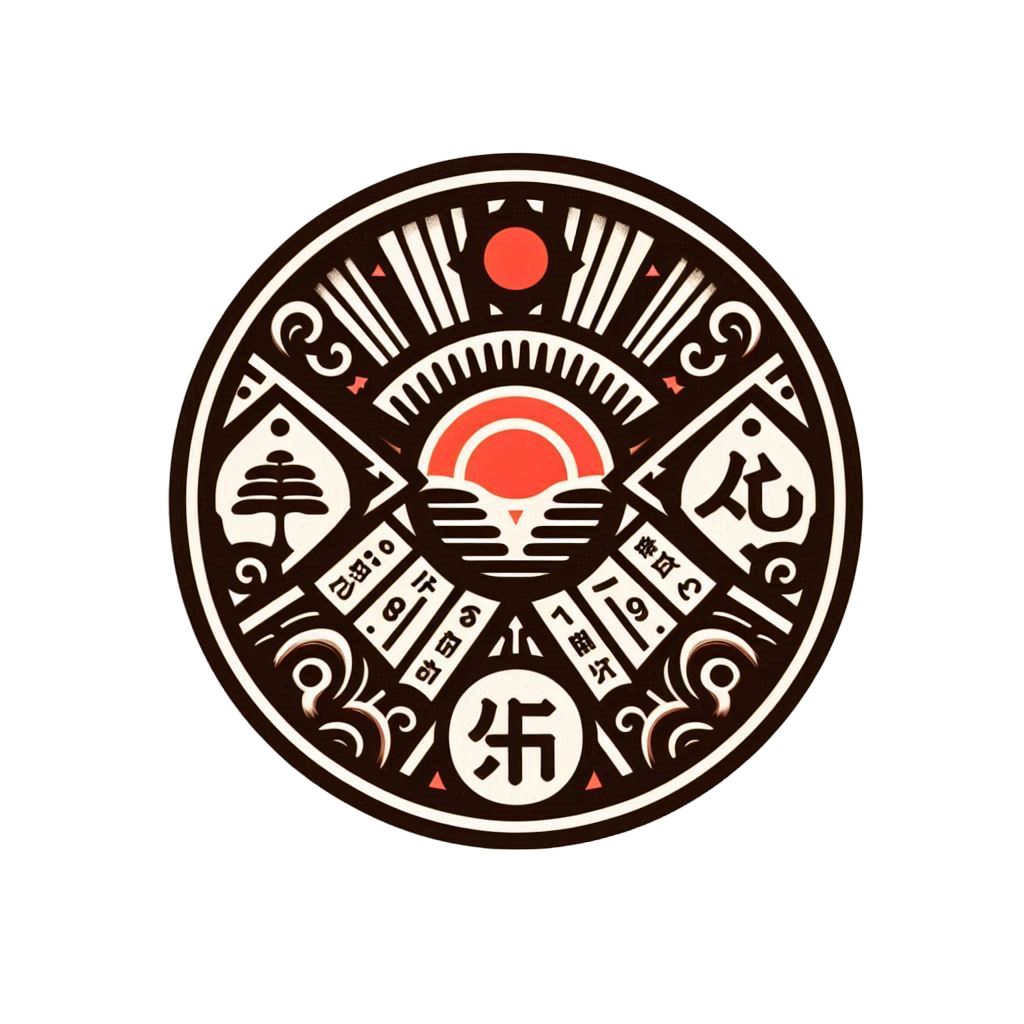Hanafuda Cards – not only a game, but also a divination tool, filled with deep symbolism and history. These cards represent an extraordinary combination of art, tradition, and cultural influences, maintaining their relevance and appeal throughout the centuries.
The history of Hanafuda dates back to the 16th century when Portuguese sailors brought the first playing cards to Japan. Known as “caruta” (from the Portuguese word “carta”), these cards quickly gained popularity among the Japanese. However, during the Edo period in the 17th century, the government banned most forms of gambling, including the use of standard playing cards. The Japanese, seeking to circumvent these bans, began developing their own versions of cards. Thus, the first examples of Hanafuda appeared, literally meaning “flower cards.” These cards consisted of a set of 48 cards divided into 12 months, each symbolizing a specific plant or flower. Unlike Western cards, Hanafuda has no numbers or suits; instead, the cards are adorned with beautiful illustrations of plants, birds, and natural scenes.

In the 18th century, Hanafuda became popular among all social classes in Japan. The game became an integral part of cultural events and family gatherings. By this time, several variations of Hanafuda games had emerged, each with its own rules and unique features. With the advent of mass production at the end of the 19th century, thanks to companies like Nintendo (founded in 1889), which initially produced Hanafuda cards, production became more widespread and accessible.
Beyond its gaming function, Hanafuda is also used for divination. Each card carries symbolic meaning associated with nature and Japanese culture. Divination with Hanafuda is a deep and intuitive practice that helps glimpse into the future and understand current events. Each of the 12 card groups corresponds to a specific month of the year and has its symbolic meaning: January (Pine) symbolizes longevity and new beginnings, February (Plum) represents resilience and nobility, March (Cherry Blossom) symbolizes beauty and fleetingness of life, April (Wisteria) signifies love and tenderness, May (Iris) symbolizes travel and overcoming obstacles, June (Peony) represents abundance and prosperity, July (Lily) symbolizes strength and determination, August (Susuki) signifies autumnal abundance and preparation for winter, September (Chrysanthemum) represents celebration and joy, October (Maple) symbolizes change and farewell, November (Willow) signifies pride and solemnity, and December (Paulownia) symbolizes rebirth and hope.
There are many methods for divination with Hanafuda. One of the simplest is a three-card spread where each card represents past, present, and future. It’s important not only to know each card’s symbolism but also to interpret their combination and interconnection. Divination with Hanafuda can provide advice and warnings, help recognize hidden aspects of current events, and find solutions to problems.
Today, Hanafuda remains popular both in Japan and abroad. Games and divinations with Hanafuda continue to be relevant as they pass down traditions and wisdom from generation to generation. In today’s world where people seek spiritual development and meaning-making, Hanafuda offers a unique and deeply symbolic way to interact with reality.
#historyofhanafuda
#hanafudahistory

